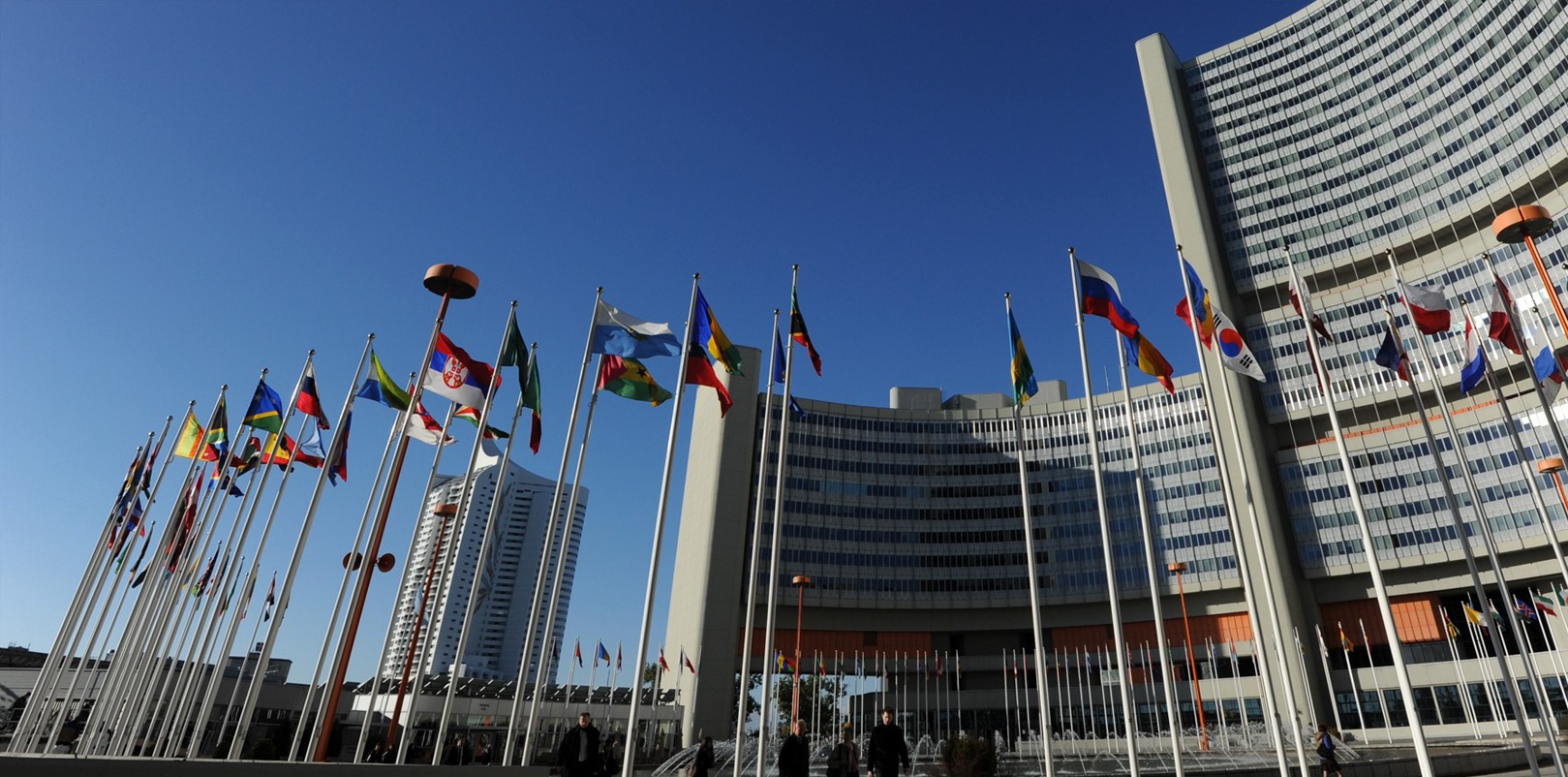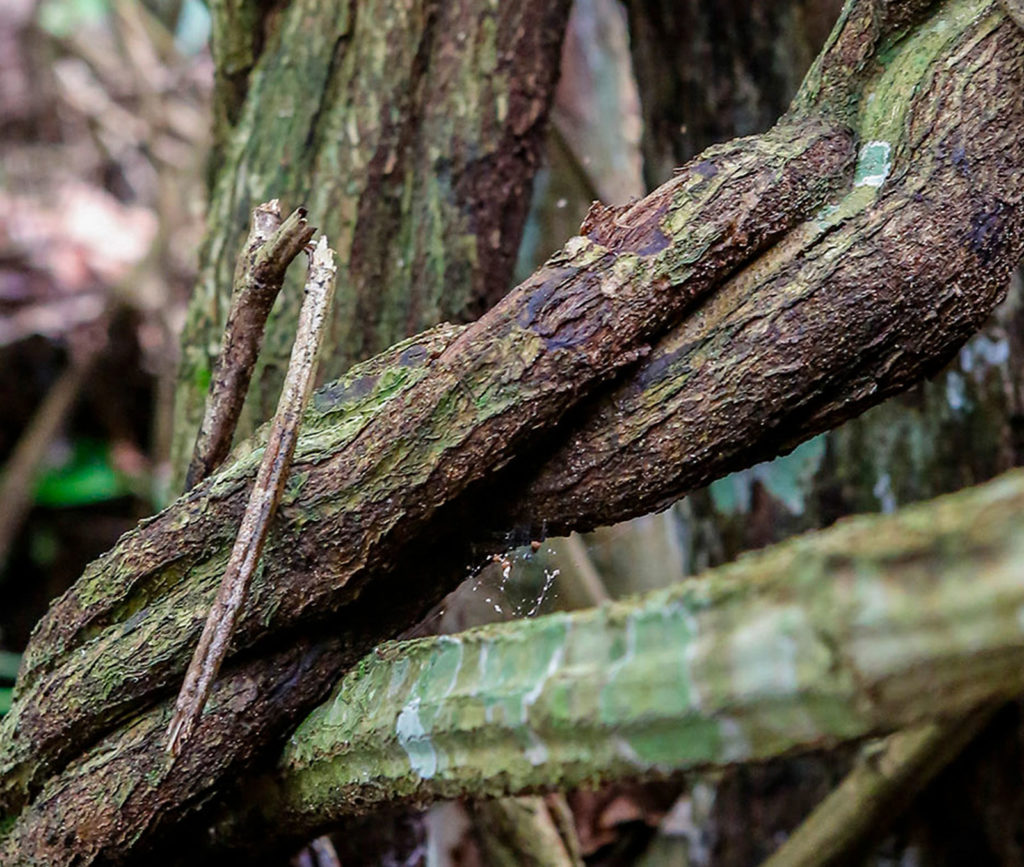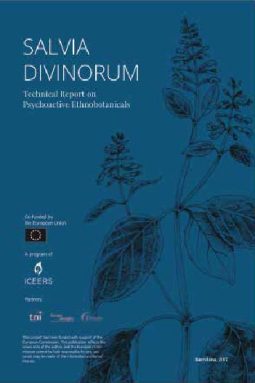What are the different words used for ayahuasca and why do they matter? The UN has declared 2019 the International Year of Indigenous Languages making now the perfect time to celebrate the many names given to the brew that has become know internationally by the name ayahuasca.
The indigenous people of the Putumayo have been drinking ayahuasca for generations and yet “ayahuasca” means nothing to them. Instead, the word passed down by the elders in this region is “yagé.” A distinction that goes deeper than language, but goes to the very core of their tradition.
Different words for ayahuasca
Initially, this distinction may seem insignificant, but, as explained by UNESCO, an agency within the United Nations, words carry entire histories and bodies of knowledge with them. In the case of ayahuasca, yagé or the dozens of names and words that are used for this brew, these histories are emblematic of the diverse and deeply personal ways people around the globe engage with the same plant concoction.
That’s why the United Nations has declared 2019 the International Year of Indigenous Languages. According to the UN, these languages are disappearing at “an alarming rate.” There are 6000 to 7000 languages globally. Ninety-seven percent of the world’s population speaks four percent of them. The majority of the remaining languages are spoken by indigenous peoples.

Of course, the world would be a poorer place culturally if they were lost. But, UNESCO writes, it’s also essential to recognize that these languages are intertwined with “complex systems of knowledge and communication” that “should be recognized as a strategic national resource for development, peace building and reconciliation.”
Diversity of practices, diversity of names
This is certainly the case among the communities who have rich ayahuasca traditions. The plant medicine is part of the practices of approximately 100 indigenous groups in the Amazon, spread across Colombia, Ecuador, Peru, Bolivia, Brazil, and Venezuela, indigenous activist Daiara Tukano writes on Chacruna. These communities are stewards of the Amazon rainforest itself, which houses 10 percent of the world’s known biodiversity. Also, notably, their sacred practices with plant medicines are a mechanism by which they commune with this ecosystem and build resilience to protect it from outside forces. Each of these practices is unique.
Anthropologist Luis Eduardo Luna, in his thesis Vegetalismo, lists 42 names for the ayahuasca brew or the Banisteriopsis caapi vine. (He doesn’t distinguish between the two.) In Brazil alone, the brew is referred to as uni, nixi pãe, caapi, and camarampi, among other names. Ethnologist Frederick Bois-Mariage, PhD, on his ayahuasca blog, also listed 19 names just for the B. caapi vine from Panama, Colombia, Peru, Ecuador, Brazil, Bolivia, and Venezuela.
The word “ayahuasca” itself comes from Quechua, a language which, according to Bois-Mariage, was the official language of the Inca Empire and is still spoken today in various dialects, mostly in Peru, Ecuador, and Bolivia. It comes from the word “huasca” or “waska” which, Bois-Mariage says, most agree means “rope.”
“Aya,” however, is interpreted by some scholars as a reference to death and interpreted by others as a reference to spirit. This minor disagreement, in and of itself, provides a glimpse into the large implications that etymology can have for our understanding of a plant and its meaning to different communities.
The importance of respecting various ayahuasca practices will be a central theme of the World Ayahuasca Conference this spring, where diverse participants will explore how their differences and commonalities might be leveraged to form alliances that support the protection of this cultural treasure in all its diversity.
Categories:
Ayahuasca
, PSYCHEPLANTS
Tags:
ayahuasca
, United Nations


